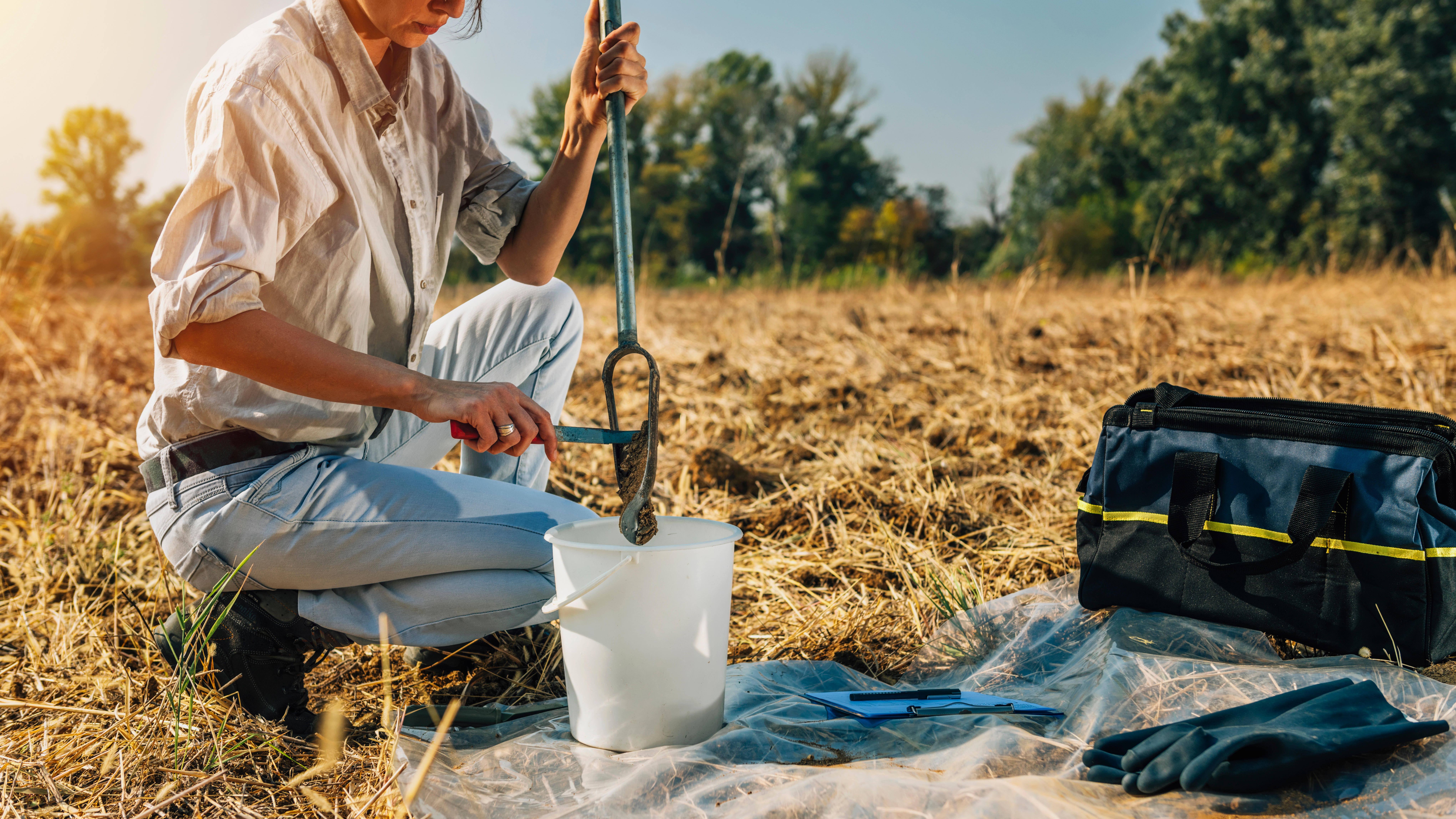Women in History Month: Judith Denner – Originator of Part2A Environmental Protection Act Legislation

In the third in our series celebrating Women in History Month, we are today recognising the pioneering work of Judith Denner in bringing together the essential legislation on Environmental Protection which forms the bedrock of contaminated land assessment today.
Judith Denner (later Lowe) was central to what is currently known as Part2A of the Environmental Protection Act, the clause that lays down in statute the UK’s position on the assessment and designation of Contaminated Land.
She was one of several notable women involved in its development, including Dr Mary Haris and Sue Herbert. As head of the Contaminated Land branch of the Department of the Environment in the early 1990s, she created this cornerstone piece of legislation. The aim was to allow the UK to quantify the unknown contamination risks from historical activities and put provisions in place for its assessment and remediation.
She was instrumental in the creation of the DoE Industry Profiles, setting a baseline suite of chemicals for industries with contamination legacy, covering everything from Gas Works, to Timber Treatment, to Bookbinding Works (in the Miscellaneous Volume) and they still bear reading today. You can find them here hosted by CL:AIRE – a UK charity that provides valuable training resources and information for all involved in sustainable land re-use.
Part2 A (or section 57 of the Environmental Protection Act as it was more commonly known at the time) is a standard part of the environmental assessment landscape now, but it was hard won.
It had to consider who would oversee the regulation, how to pay for remediation,how to target assessment so as not to unnecessarily blight property by taking too generic an approach and settle on a definition of acceptable land condition.
Section 143 contaminated land registers were the centre of the controversy which threatened to derail the process. It was Judith’s consultation exercise Paying for our Past (1994) which managed to negotiate a resolution, resulting in the removal of s143 in the Environmental Protection Act (1990) and the development of the Framework for Contaminated Land which forms the basis of our approach today.
Judith has been central to so many of the developments that supported the rollout of Part2A, including championing SiLC (Specialist in Land Condition), partly in response to the s143 register debate, which provides certification of excellence in contaminated land assessment.
She was instrumental in the wider European approach through CABERNET (The Concerted Action on Brownfield and Economic Regeneration Network), and its predecessor CLARINET (Contaminated Land Rehabilitation Network For Environmental Technologies) which gave regulators and policy makers an opportunity to share their experiences.
I was fortunate enough to work with Judith, Doug Laidler and Prof Paul Sym on a comparative study of European approaches to land contamination using her links to CABERNET as our information source. It was here that I saw her enthusiasm for her subject and what commitment to getting a working end result looked like.
The Part 2a legislation still stands as the most effective means of identifying and remediating land that poses a significant risk to health or the environment, where there is no alternative solution. It offers a decisioning process to identify potential polluters and to seek an outcome to ensure that remediation is undertaken by the appropriate party after liabilities have been determined.
Today, the focus and rigour that Judith applied continues through the law, is a significant part of the environmental search process for a conveyancer to clarify and identify potential liabilities for their client and to discharge these through our advice.
With thanks to Paul Nathanial for details on the development of Part 2A.
Date:
Mar 23, 2023
Author:
Ceri Sansom

